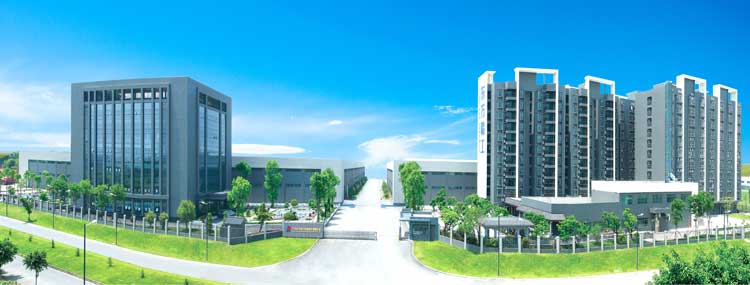

Over the last few years, the technology applied to casemakers has changed considerably. Users are increasingly opting for machines that can perform highly sophisticated jobs, and as a result the casemaker has transformed from a simple centre of production for large volumes of standard packagings to an operations centre with extreme flexibility that can cover a much wider range of products compared to just a few years ago.
These days, the characteristics most commonly required of a machine include:
Incorporating all these features in a single machine is not easy. Many companies equipped with traditional plants have to rely on more than one line to cover all the operations, or else they accept that some of the processes will have a low productivity.
With the HGL 924, EDF Europe has designed a machine that meets all requirements for a system that combines flexibility, quality and productivity.
The no-crush feeding unit has no rollers for crushing the cardboard, so lightweight papers can be processed without crushing the corrugation and also without affecting the stacking characteristics of the packagings produced.
The printing unit is a high-quality graphics line inserted into a casemaker, i.e. fixed units. It prints from the bottom totally via servomotors. This geometry makes it possible to make quick changes to normal processes with a small print run and to perform high-definition polychromies.
The anilox of each colour can be rapidly changed to adapt to paper types; this option is installable at any time, even after the machine has been in operation for many years. The line is also set up for installation of dryers of the most common types and brands used in the sector.
Producing die-cut cardboard boxes has never been easy in casemaker lines because trim ejection is always problematic and interferes with the fold.
To solve this problem, EDF has developed a cleaner unit to be positioned between the die-cutter unit and the fold. This unit also allows quick and easy access to the die cutter cylinder so that die changes can be carried out in a few minutes thanks to the now universally recognised Serrapid quick lock system.
Another advantage in producing the die-cut boxes is that the machine prints from the correct side: from the bottom. Die-cutting is performed from the top and the trim is expelled downwards by the ejection rubbers of the die.
A solid vacuum fold with automatic adjustment of all parameters according to the type of cardboard and a counter ejector with stacking from the top complete the system.
The fold and the counter ejector can also transport the flat product only printed or die cut. The result is a highly versatile and productive line.
Because the 4.0 is not only a law but also a requirement of production, all EDF machines are set up for this technology. They can also be equipped with automated peripherals totally interconnected with the production line to ensure quick, error-free activation since the same data does not have to be input on different operator panels along the line.
For the last two years, EDF Europe (Dong Fang Group) has been conducting research in their R&D centre in Treviso where the most high-tech machines are undergoing development on behalf of the group. The results have been notable, starting from the new casemaker 821, the vacuum stacker for the rotary die cutter and last, the new casemaker HGL 924, which has attracted interest on the part of customers around the world. Following installation of the prototype in the Milan area new orders are being placed and further projects are in the evaluation phase.
Other innovations from EDF are on the way. In the coming months the Ghuanzhou-Bologna-Treviso axis will be sure to surprise us again.

Official Wechat of Printer
? 2018 EasternSeikoALL RIGHTS RESERVED
? 2018 EasternSeikoALL RIGHTS RESERVED, Powered by vancheer